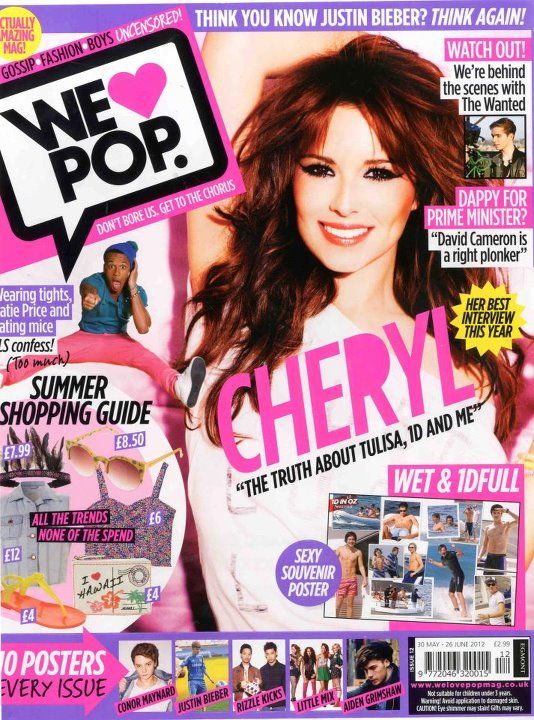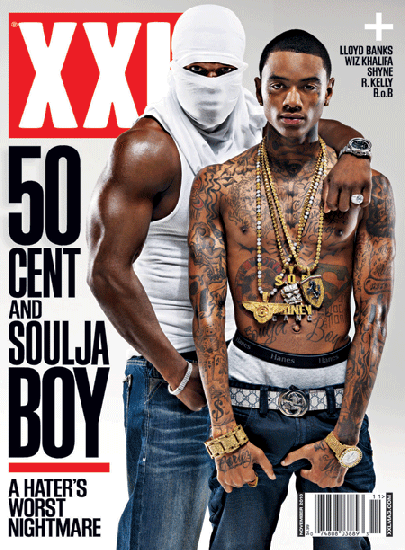Billboard
magazine-
The style of
my magazine will be focused around the design of billboard, they’re one of the
only magazines who do not have an ongoing cover, and however the conventions
are usually the same. For example, they focus the colour scheme of the magazine
on the model for the main image, if someone like Katie Perry was used, it would
mean the cover would be focused on pinks and reds, this highlights she is a
girly girl and has the star image of a everything pink and glamorous girl. I like this as it makes the magazine personal and different for every
read, this allows people who collect it to then range with a collection and
also, like characters in books, the colours give an identity to the artists.
I will be using a female artists, so for my colour scheme I will have to make sure it fits within her star image and promotes her as the pop star she is and make sure it does not contrast against her. I will be using greys, whites, silver, black, and light pink. This will show her as an urban girly girl who isn't based at younger audiences but more older ones.
These two
covers have been taken from different months; however they both remain with the
same model for the main image. Also the colour schemes are ultimately similar;
the first one consists of reds and pale camel colours and black. The second one
has a main colour of pink; however it includes black and light camel colours
and even red. This allows the magazine to provide artists with their own
personal covers and make them identifiable by the colours. This allows
audiences to be able to relate colours to artists and provides the artist with
something to add to their star image, promoting them further.
Genre-
The genre of Billboard magazine is mainstream music. For example it focus' on artists that would appear in the official top 40, which is aired on Capital Radio every Sunday afternoon. They range from pop, to R&B, to hip hop. The artists are normally ones who appeal to everyone in some way and appear in the the public eye often. For example, Chris Brown, Justin Bieber, One Direction, Taylor Swift , Beyonce. So I will focus on creating a generic pop star, who is appealing and what every girl ants to be now or when they're older.
Genre-
The genre of Billboard magazine is mainstream music. For example it focus' on artists that would appear in the official top 40, which is aired on Capital Radio every Sunday afternoon. They range from pop, to R&B, to hip hop. The artists are normally ones who appeal to everyone in some way and appear in the the public eye often. For example, Chris Brown, Justin Bieber, One Direction, Taylor Swift , Beyonce. So I will focus on creating a generic pop star, who is appealing and what every girl ants to be now or when they're older.






















